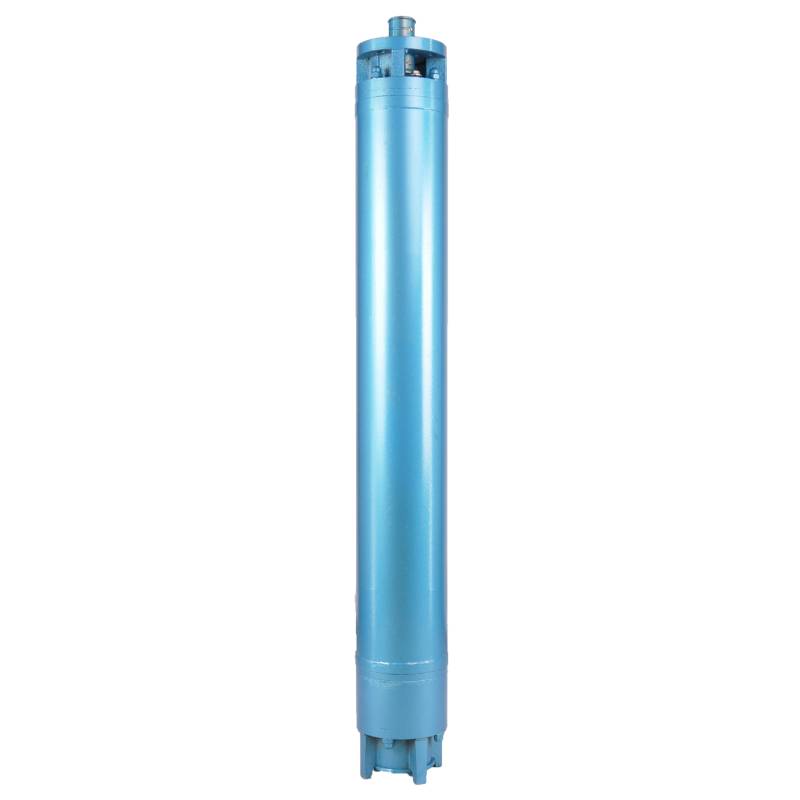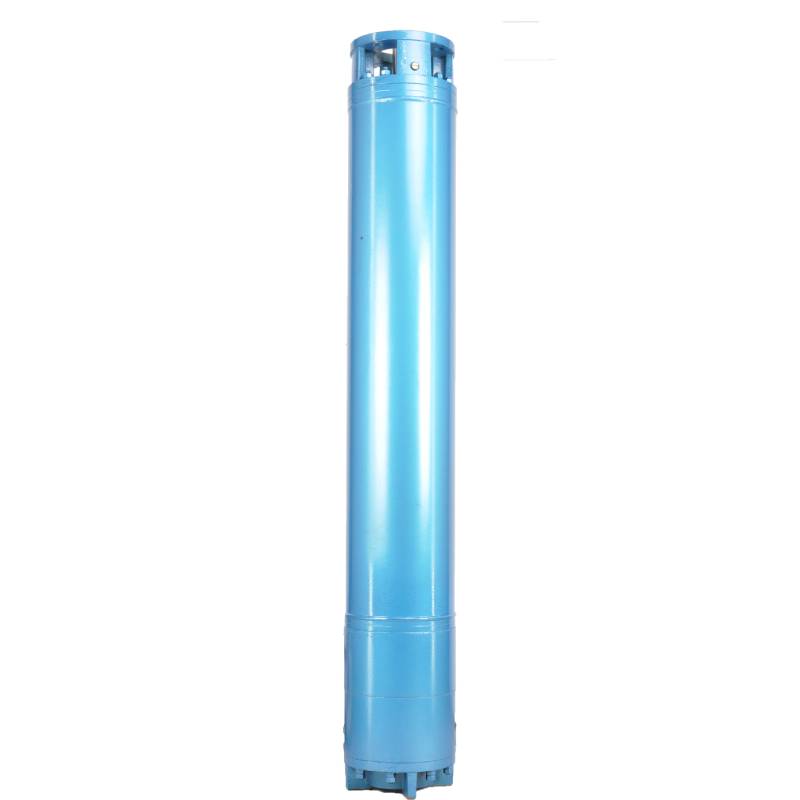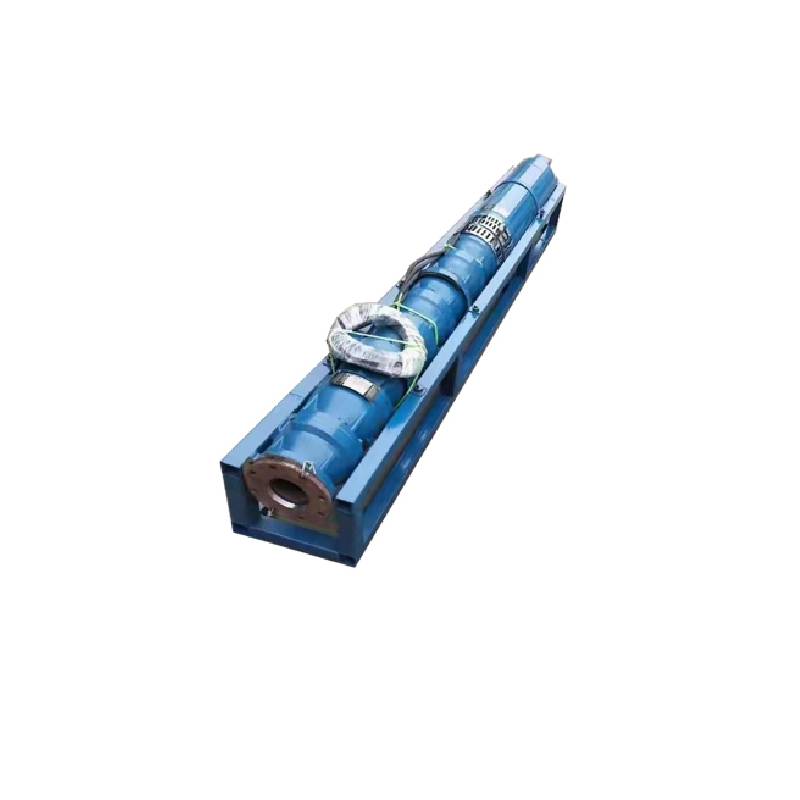Sep . 16, 2024 09:39 Back to list
submersible pump motor
Understanding Submersible Pump Motors Key Features and Applications
Submersible pump motors are essential components in various industries and applications where fluid movement is required. These motors are specifically designed to operate underwater, making them ideal for a wide range of tasks, from sewage treatment to agricultural irrigation. This article will delve into the key features of submersible pump motors and their diverse applications.
Design and Structure
The design of submersible pump motors is crucial for their performance and longevity. Typically, these motors are encapsulated in a robust housing that prevents water intrusion, ensuring that the motor operates efficiently while submerged. Made from corrosion-resistant materials, such as stainless steel or specialized plastics, these motors withstand harsh environments, including abrasive materials and varying temperatures.
Most submersible pump motors are electric and are divided into two primary types vertical and horizontal
. Vertical motors are commonly used for deep wells, as their design minimizes the footprint and allows for efficient use of space. In contrast, horizontal motors are often used in applications where space is not a constraint and can accommodate larger impellers for higher flow rates.Operating Mechanism
Submersible pump motors function by converting electrical energy into mechanical energy. This mechanical energy causes the impeller to spin, creating a vacuum that draws fluid into the pump. The fluid is then propelled upward through the discharge pipe. Because these motors are submerged in the fluid they pump, they benefit from natural cooling, allowing for continuous operation without overheating.
submersible pump motor

These motors generally operate with high efficiency, providing significant energy savings compared to traditional surface pumps. The efficiency is further enhanced by the use of variable frequency drives (VFDs), which allow for precise control of the motor's speed, reducing energy consumption and extending equipment life.
Applications
Submersible pump motors are used in a wide array of applications. In residential settings, they are often utilized for draining flooded basements or for sump pumps in pits. In agriculture, these motors are critical for irrigation systems, allowing farmers to access groundwater efficiently. Additionally, they play a vital role in municipal water supply and wastewater management systems, where they help in the transportation of sewage and stormwater.
In industrial applications, submersible pump motors are used for process water management, cooling systems, and even in the oil and gas industries where they help in dewatering operations. Furthermore, their reliable performance in extreme conditions makes them suitable for mining operations and other demanding environments.
Conclusion
In conclusion, submersible pump motors are integral to modern fluid management systems across various industries. Their unique design, efficient operation, and adaptability to different environments highlight their importance in daily operations. Whether in residential, agricultural, or industrial applications, understanding the capabilities of submersible pump motors is essential for selecting the right equipment to meet specific fluid transport needs. As technology advances, we can expect further innovations that will enhance the efficiency and reliability of these essential machines.
-
Reliable 4-inch Deep Well Submersible Pump for Constant Water
NewsSep.01,2025
-
175QJB Deep Well Submersible Pump: High-Efficiency & Reliable
NewsAug.31,2025
-
Efficient 250QJP Peep Well Submersible Pump for Deep Well Water
NewsAug.30,2025
-
Deep Well Pump Installation Guide: Reliable Submersible Pumps
NewsAug.29,2025
-
125QJR Deep Well Submersible Pump - High Performance & Reliable Water Supply
NewsAug.28,2025
-
Water Filled Submersible Pump
NewsAug.26,2025
-
 Reliable 4-inch Deep Well Submersible Pump for Constant WaterNeed a dependable 4-inch deep well submersible pump? Our high-efficiency models provide consistent water flow for residential, irrigation, and agricultural needs. Find the best deep well pumps for sale & ensure reliable water supply. Shop now!Detail
Reliable 4-inch Deep Well Submersible Pump for Constant WaterNeed a dependable 4-inch deep well submersible pump? Our high-efficiency models provide consistent water flow for residential, irrigation, and agricultural needs. Find the best deep well pumps for sale & ensure reliable water supply. Shop now!Detail -
 175QJB Deep Well Submersible Pump: High-Efficiency & ReliableAchieve reliable, high-efficiency water supply with our 175QJB Deep Well Submersible Pump. Perfect for agricultural irrigation, industrial water needs, and municipal use. Explore durable performance and inquire today!Detail
175QJB Deep Well Submersible Pump: High-Efficiency & ReliableAchieve reliable, high-efficiency water supply with our 175QJB Deep Well Submersible Pump. Perfect for agricultural irrigation, industrial water needs, and municipal use. Explore durable performance and inquire today!Detail -
 Efficient 250QJP Peep Well Submersible Pump for Deep Well WaterDiscover the powerful 250QJP Peep Well Submersible Pump. Engineered for high-efficiency and reliability, it's ideal for deep well water supply, industrial, and agricultural irrigation. Get consistent performance. Explore our range today!Detail
Efficient 250QJP Peep Well Submersible Pump for Deep Well WaterDiscover the powerful 250QJP Peep Well Submersible Pump. Engineered for high-efficiency and reliability, it's ideal for deep well water supply, industrial, and agricultural irrigation. Get consistent performance. Explore our range today!Detail
